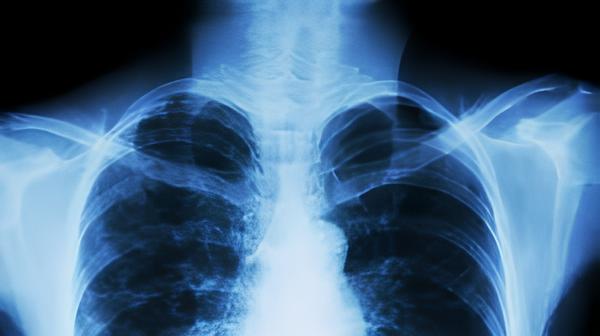Bronchiectasis is a chronic condition where the bronchi (the large airways in the lungs) become damaged, widened, and thickened, usually as a result of repeated infections or inflammation. This structural damage makes it hard for mucus to clear from the lungs, creating a cycle of infection and inflammation.
Causes of bronchiectasis
The main causes of bronchiectasis are-
- Repeated lung infections (e.g., pneumonia, tuberculosis)
- Cystic fibrosis (a major cause in children and young adults)
- Immune system disorders
- Autoimmune diseases (e.g., rheumatoid arthritis)
- Inhalation of foreign objects or toxic substances
Symptoms of bronchiectasis
- Chronic productive cough (often with thick, foul-smelling sputum)
- Recurrent chest infections
- Wheezing
- Shortness of breath
- Fatigue
- Hemoptysis (coughing up blood, in severe cases)
- Clubbing of fingers (in long-standing cases)
- Congenital conditions (e.g., primary ciliary dyskinesia)
Diagnosis of bronchiectasis
Bronchiectasis can be diagnosed by-
- High-resolution CT (HRCT) scan of the chest (gold standard)
- Chest X-ray (may suggest but not confirm)
- Sputum culture
- Pulmonary function tests
- Blood tests for underlying causes
Physiotherapy management of bronchiectasis
Goals
- Promote effective mucus clearance
- Prevent infections and exacerbations
- Improve exercise tolerance
- Enhance quality of life
Airway Clearance Techniques (ACTs)
These are essential to help remove mucus from the lungs:
1. Active Cycle of Breathing Technique (ACBT)
- Involves a cycle of:
- Breathing control (gentle breathing)
- Thoracic expansion exercises (deep breaths)
- Forced expiration technique (huffing)
- Helps mobilize and clear mucus without causing breathlessness.
2. Postural Drainage
- Uses gravity to assist mucus drainage from specific lung segments.
- Patient lies in different positions depending on which part of the lung is affected.
- Often combined with percussion or vibration.
3. Percussion & Vibration
- Percussion (clapping): Rhythmic tapping on the chest wall to loosen mucus.
- Vibration: Gentle shaking during exhalation to help move mucus upward.
4. Positive Expiratory Pressure (PEP) Therapy for bronchiectasis
- Breathing through a PEP device (e.g., Acapella, Flutter)
- Creates back pressure that helps keep airways open and moves mucus.
5. Autogenic Drainage
- Controlled breathing at different lung volumes to move mucus.
- Requires training and coordination, but very effective when mastered.
Exercise Training
- Aerobic exercises (e.g., walking, cycling, swimming)
- Breathing exercises (e.g., diaphragmatic breathing)
- Benefits:
- Improves overall lung function
- Enhances mucus clearance
- Boosts immunity and quality of life
Pulmonary Rehabilitation
- A supervised program combining:
- Physical training
- Education
- Nutritional advice
- Psychological support
What is the primary goal of physiotherapy in managing bronchiectasis?
To promote effective mucus clearance, prevent infections, and improve the patient’s quality of life.
Which airway clearance technique uses a cycle of breathing control, deep breaths, and huffing?
The Active Cycle of Breathing Technique (ACBT).
How does Positive Expiratory Pressure (PEP) therapy help in bronchiectasis?
It creates back pressure in the lungs during exhalation, which helps keep airways open and moves mucus upwards for clearance.

